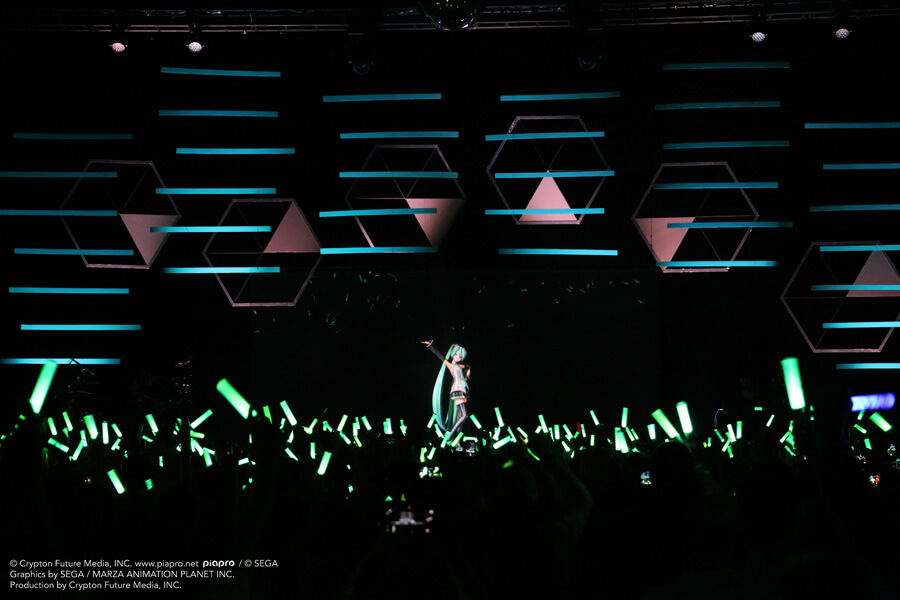“Miku, Miku, you can call me Miku,
Blue hair, blue tie, hiding in your Wi-Fi,
Open secrets, anyone can find me,
Hear your music running through my mind.”
- Miku, Anamanaguchi, (25)
Rei Toei is “a world-famous pop star, an ideal beauty, an icon of sexual desire, and an artificially created avatar that disrupts the boundary between the completely virtual and the completely real” (3). Her character seemingly mirrors the men’s ideals in Idoru, the second novel of William Gibson’s Bridge trilogy. In her first appearance, she appears naked, then mirrors the cop she encounters, which Tran suggests might imply Rei “has no subjectivity of her own” (3). Gibson writes Rei as becoming more autonomous through the process of mass industrialization and reproduction; she reproduces on a grand scale in the process of becoming a mass produced object, yet does not lose herself in this. Rather, this process is her coming of age and coming into herself. She becomes “an emergent system, a self continually being iterated from experiential input . . . that river in to which one can never step twice. As she became more herself, through the inputting of experience, through human interaction, she grew and changed” (3). Rei herself feels “so much more” and emerges as a sentient object rather than a passive object as she lives more and more fully through her multiple selves created across the city by her users in Gibson’s novel, despite the fact she is constantly sexualized by male characters within the novel for their own purposes (3). Rei precedes the virtual pop star known perhaps best in Japan, Hatsune Miku.
Hatsune Miku, name meaning “the first sound of the future,” first appeared in 2012 as a voice synthesizer and digital pop star created by media company Crypton, whose voice now appears in over 100,000 songs (4). Though Miku’s creators do not directly cite Rei as an inspiration for her persona and concept, a link can easily be drawn between the two virtual divas. Miku is a Vocaloid, a part of a voice synthesizer series crafted by Crypton, often said to have begun with Kaito and Meiko, wherein she serves a Desk Top Instrument (DTM) that can be utilized by purchasers of the computer program to create “music comparable to a band or full orchestra” (5). These figures tap into doujin culture, a subculture driven by self published, unauthorized, fan-made works (6). Like Rei Toei, Miku becomes characterized through the interactions with her users.
This manifested, at least early in Vocaloid culture, in the form of PiaPro, “a site where users can post VOCALOID-related content such as Hatsune Miku” and NicoNicoDouga, an early song releasing platform (7). While Crypton Media purports that users stray away from NSFW content on PiaPro and in the doujin culture around Vocaloid in general, the reality is that NSFW content around Miku is and always will be a central part of her following just as massively as her SFW following. Much like Rei Toei, her users have the ability to co-opt her image for their own benefit at the detriment of Miku’s. Miku herself, though fictional and virtual, still is the embodiment of a sixteen year old girl, and is able to be subject to pedophilic sexualization (4). The lack of a central crux for Miku’s characterization and body is what characterizes her. She exists through many as an example of an actualized Rei Toei–a virtual pop star who becomes so much more through human interaction and user input. She is a web.
 (8)
(8)